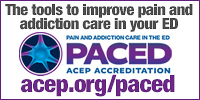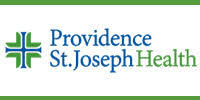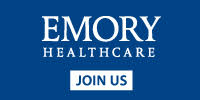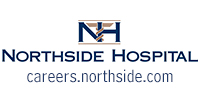- December 1,2014 | ISSN 1940-6967
- The National Association Of Medical Doctors
Featured Sponsors
Drug Makers Target Patients In Doctors Office More Than Ever
By Ed Silverman
Walk into any physician’s office and promotional messages about medicines can be seen no matter where you look – brochures are typically displayed on a counter and advertorial messages are often playing on a flat-screen TV mounted on a wall.
This type of patient outreach, which is called point-of-care marketing, is hardly new, but what is different is that the pharmaceutical industry and other companies selling health products are relying on this form of promotion more than ever before, according to a new study.
Since 2010, the amount of money spent on POC marketing in physician offices, hospitals and pharmacies grew 10% annually, reaching $400 million this year. Nearly 90% of that spending was done by drug makers, says Hensley Evans of ZS Associates, a consulting firm that conducted the study.
Moreover, spending on POC is expected to exceed $500 million within the next two to four years. “This is clearly growing in importance,” says Evans, adding that POC communications are second only to television advertising in terms of reaching consumers.
Of course, patients waiting to see a doctor are the classic captive audience. ZS points to another study that found 89% percent of patients say they watch television in a waiting room, and 76% of patients recalled information they read or heard in a waiting room.
Moreover, ZS notes that patients can wait 20 to 40 minutes to see a physician, and wait times are expected to rise over the next decade as the number of visits to primary care doctors reaches 565 million in 2025, up from 462 million in 2008.
ZS also cites data indicating 65% of patients find POC materials credible because there is an implied endorsement from the doctor. This is a subtle but important distinction from DTC advertising on television, if only because the consumer receives the message at home or in some other surrounding.
Meanwhile, the growth in direct-to-consumer advertising for prescription drugs rose 1.3% on a compounded annual basis. As a result, ZS calculates that POC spending will have accounted for 10% of all DTC spending this year, up from slightly less than 7% in 2010.
The shift reflects a few developments. For one, drug makers are increasingly trying to remind patients to take their medicine, since adherence boosts revenue. And ZS notes that a logical forum for delivering that message is in a location where diagnosis and treatment are discussed.
At the same time, drug makers are selling fewer blockbusters to the widest possible patient population and, instead, are increasingly marketing therapies targeted at specific patient groups. This shift calls for more customized marketing than what television commercials may allow, according to ZS.
The marketing is apparently having the desired effect. ZS cites data indicating that 84% of patients who visited waiting rooms and were exposed to POC communications report that the messages made them interested in the product.
Nonetheless, Evans does not believe that POC marketing will overtake or supplant other forms of marketing. Rather, she believes that drug makers are simply increasing their POC spending in response to changing business models.
“But we are seeing more consumers become more engaged,” says Evans. “They can have a more educated conversion with physicians and not just about a promoted brand [product], but also about broader information for treating a condition.”
If this sounds familiar it is because this is the same explanation that the pharmaceutical industry has used to explain why DTC advertising is beneficial. Some doctors, however, complained that patients were not given complete information or were unnecessarily prompted to ask for certain medicines.
Now, though, the marketing is increasingly shifting to the physician office. In effect, the physician has become more of a marketing partner with the pharmaceutical industry.
Articles in this issue:
- Dr. Evan Levine: A Tale of Two Doctors
- 12 Things Successful People Do Before Breakfast
- Drug Makers Target Patients In Doctors Office More Than Ever
- Hospitals Penalized for Excessive Patient Readmissions
- Cafeterias: Google Style Vs. Hospital Style
- Doctor That Coined Phrase Hospitalist, Lauds Exponential Growth
- FDA Unveils ACA-Required Calorie Posting Rules
Top Physician Opportunities
Journal of Medicine Sign Up
Get the Journal of Medicine delivered to your inbox.
In This Issue
- Dr. Evan Levine: A Tale of Two Doctors
- 12 Things Successful People Do Before Breakfast
- Drug Makers Target Patients In Doctors Office More Than Ever
- Hospitals Penalized for Excessive Patient Readmissions
- Cafeterias: Google Style Vs. Hospital Style
- Doctor That Coined Phrase Hospitalist, Lauds Exponential Growth
- FDA Unveils ACA-Required Calorie Posting Rules
Archives
Masthead
-
- Editor-in Chief:
- Theodore Massey
- Editor:
- Robert Sokonow
- Editorial Staff:
- Musaba Dekau
Lin Takahashi
Thomas Levine
Cynthia Casteneda Avina
Ronald Harvinger
Lisa Andonis
Leave a Comment
Please keep in mind that all comments are moderated. Please do not use a spam keyword or a domain as your name, or else it will be deleted. Let's have a personal and meaningful conversation instead. Thanks for your comments!















*This site is protected by reCAPTCHA and the Google Privacy Policy and Terms of Service apply.